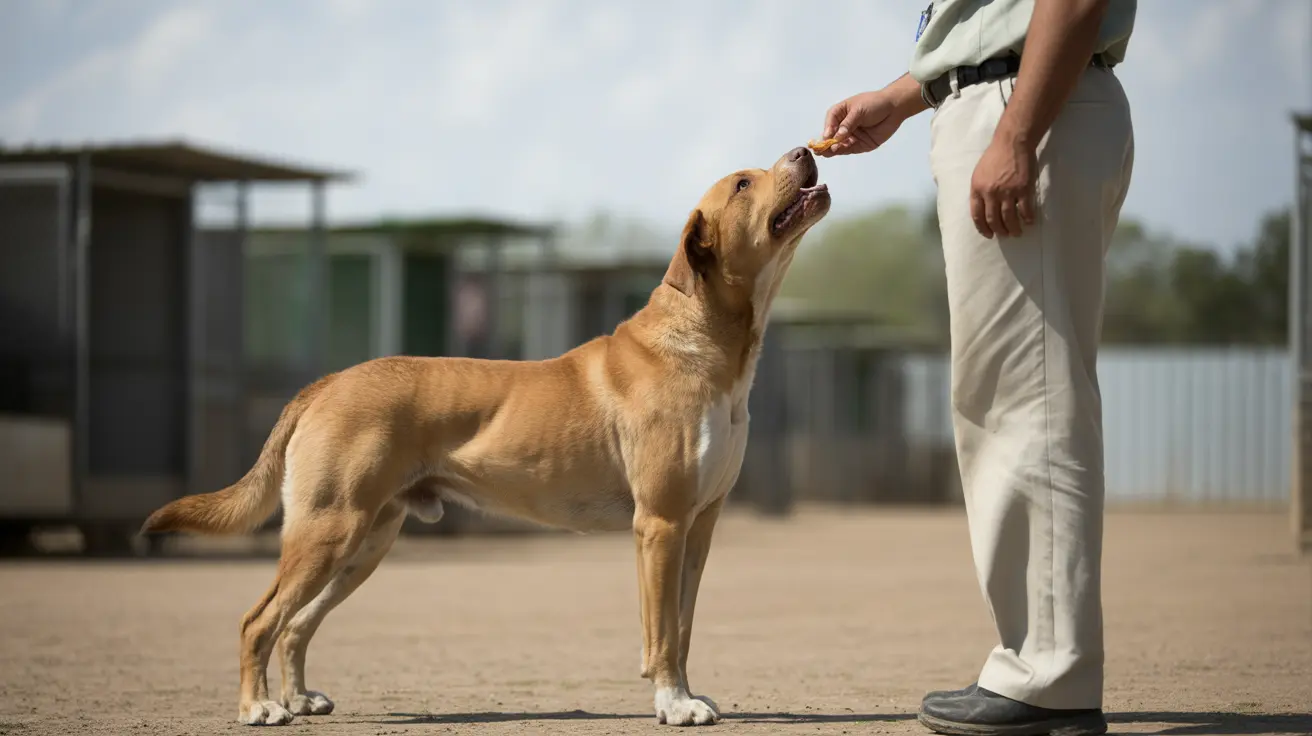How Common is Nearsightedness in Dogs?
The prevalence of nearsightedness varies significantly among different dog breeds. Research has shown that working breeds tend to have better vision than their non-working counterparts. For instance:
- German Shepherds: 53% of pet dogs vs. 19% of working dogs
- Rottweilers: Up to 64% show signs of myopia
- Labrador Retrievers: 8-15% affected
- Schnauzers: Over 50% demonstrate some degree of nearsightedness
These statistics suggest that breeding practices and intended purpose play significant roles in vision quality among different dog populations.
Signs Your Dog May Be Nearsighted
While dogs can't tell us directly about their vision problems, several behavioral indicators might suggest nearsightedness:
- Bumping into objects, especially unfamiliar ones
- Hesitation when navigating new environments
- Difficulty catching toys or treats thrown from a distance
- Startling easily when approached from afar
- Less interest in distance-based activities
How Dogs' Vision Differs from Humans
Even dogs with normal vision see the world differently than humans do. Their visual acuity is generally around 20/75, meaning they must be 20 feet away from an object to see what humans can see from 75 feet away. However, dogs excel in other visual aspects:
- Superior motion detection
- Better night vision thanks to the tapetum lucidum
- Wider peripheral vision
- Enhanced ability to see in dim light
Diagnosis and Management
Veterinary ophthalmologists use specialized equipment like retinoscopes to diagnose nearsightedness in dogs. While corrective lenses are rarely prescribed, understanding your dog's visual capabilities can help you make appropriate accommodations:
- Maintaining consistent furniture arrangements
- Using verbal cues along with visual signals
- Ensuring adequate lighting
- Taking extra precautions during outdoor activities
Impact on Daily Life
Most dogs adapt remarkably well to vision impairments, largely due to their excellent sense of smell and hearing. However, nearsighted dogs may need some special considerations:
- Closer supervision during play and exercise
- More verbal commands and sound-based cues
- Enhanced environmental stability
- Regular veterinary check-ups
Frequently Asked Questions
Can dogs be nearsighted and how common is myopia in different dog breeds?
Yes, dogs can be nearsighted, with prevalence varying significantly by breed. Working breeds typically show lower rates (8-19%), while some pet breeds can have rates as high as 64% (Rottweilers).
What signs indicate that my dog might be nearsighted or have vision problems?
Common signs include bumping into objects, hesitation on stairs, difficulty catching toys from a distance, and startling when approached from afar.
How do veterinarians diagnose and test for nearsightedness in dogs?
Veterinary ophthalmologists use specialized equipment like retinoscopes and other diagnostic tools to measure refractive errors in dogs' eyes objectively.
Are there treatments or surgeries available to help dogs with nearsightedness?
While corrective lenses exist, they're rarely prescribed. Most dogs adapt well to mild-moderate myopia using their other senses, making medical intervention unnecessary in most cases.
How does canine vision, including myopia, affect a dog's behavior and daily life?
Nearsighted dogs may show increased caution in new environments and rely more heavily on their sense of smell and hearing. Most adapt well and maintain normal activity levels with appropriate environmental accommodations.






